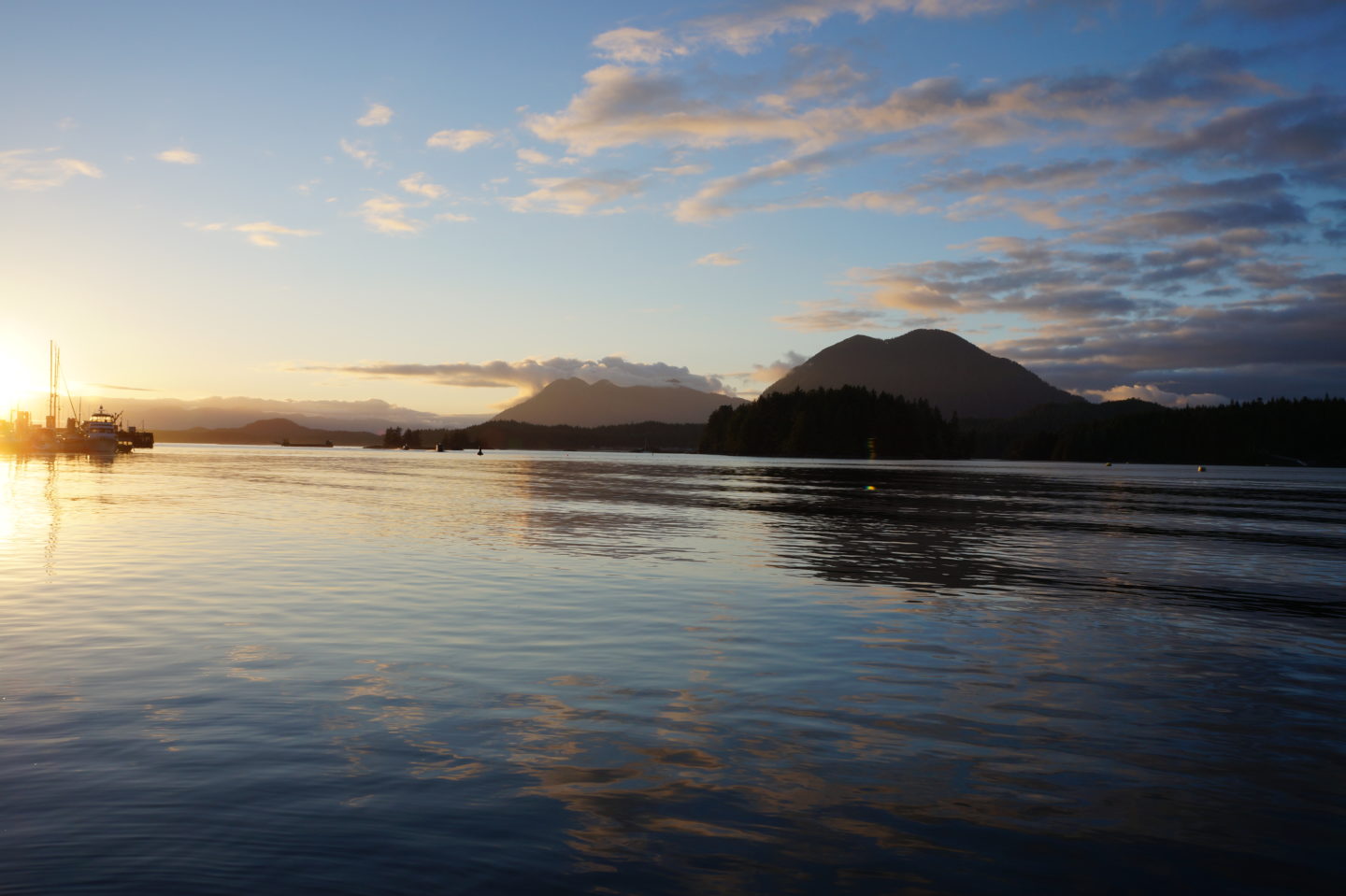Tofino sits on the western edge of Vancouver Island down a highway that meanders past the base of 1,500m peaks and roaring rivers. The area gets roughly 4 meters of rain per year and a good 80% of that comes between the months of November and April. Whether you’re visiting or living here, you tend to wait out the rain and keep an eye on the forecast for a sunny opportunity to explore. With these small windows of sunlight, It’s good to plan ahead and give yourself the opportunity to get outside and enjoy the fleeting hours of a coastal northwest winters day. If you’ve already explored Tofino in the summertime, this will be a helpful aide in guiding you towards activities that can cross over into the winter.
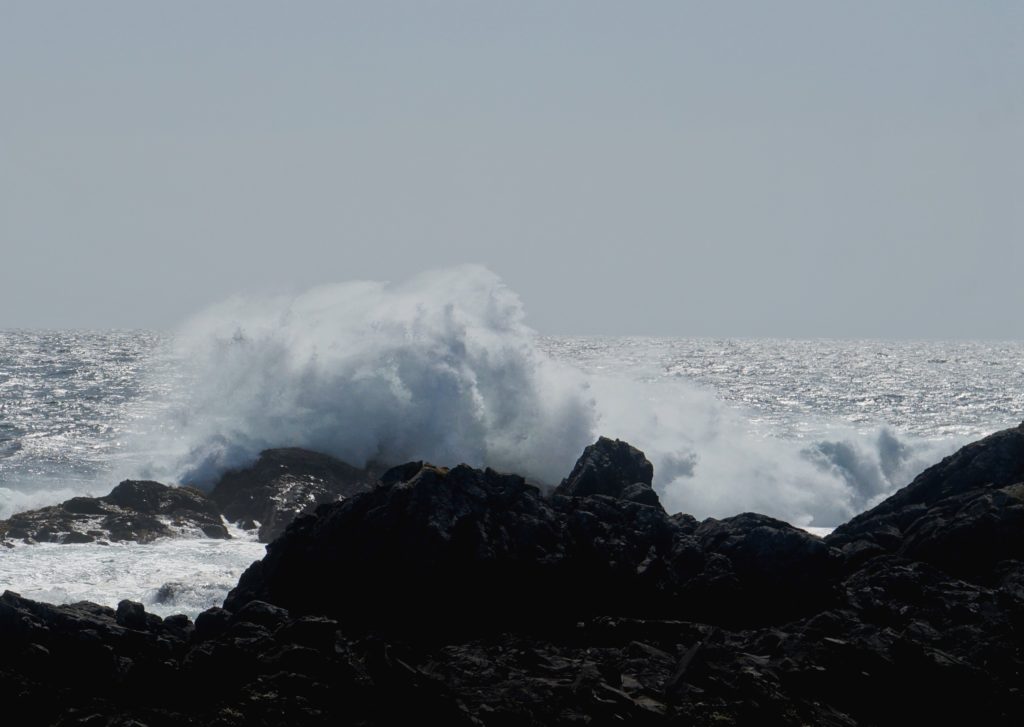
Here are three of my favorite outdoor activities to seize the sunny days.
Hiking (5040)
Although there are many hikes around Tofino and Ucluelet, they tend to be on the shorter end of a typical hiking day-trip. If you’re looking for more of a vertical challenge and longer day, then 5040 should do. On Highway 4 between Tofino and Port Alberni a variety of mountain faces will pear at you as you wind up and around each corner. It’s daunting to think that any of these would be obtainable, but there’s one that sits just after Wally Creek on your way to Tofino that will offer a slightly challenging but obtainable peak to attempt.
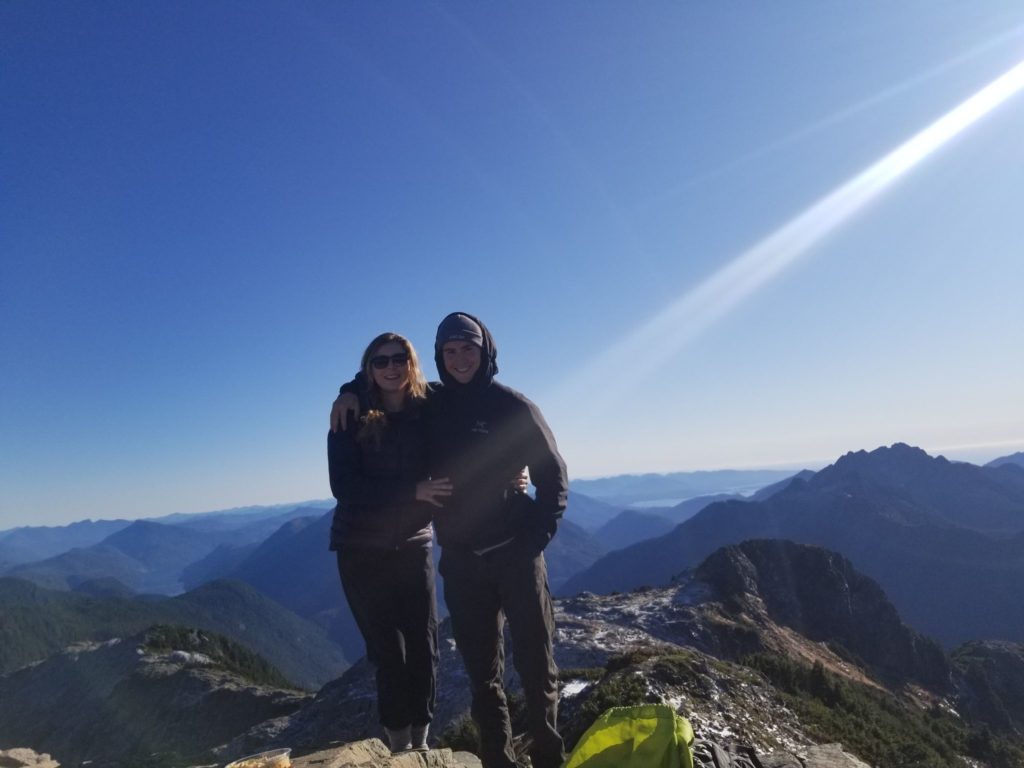
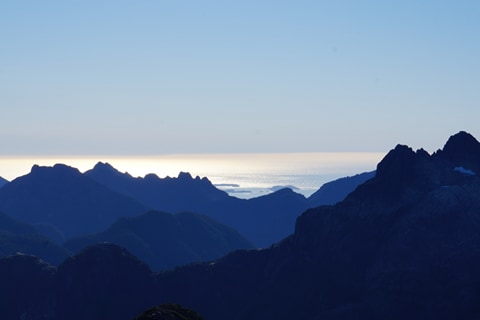
5040 is creatively named based on it’s hight (in feet). A right turnoff onto a logging road will lead you past multiple bridges connecting the road over creeks and rapids. It is recommended to have AWD or a 4×4 with some clearance due to the road being covered in pot-holes and uneven surfaces. If you would like to make it all the way up the logging road to the start of the trail it would be a good idea to read the road reports on a hiking review:
https://www.alltrails.com/trail/canada/british-columbia/5040-peak-via-cobalt-lake-trail
As winter approaches and freezing levels drop, the road becomes inaccessible due to snow and ice. This usually happens at the end of November, so depending on wether you want to snow shoe or hike you should keep an eye on the weather. Before the snow hits the access to the trail is about 6km up the logging road and the hike itself is about 1.5hrs to the lake and another hour to the peak. Overall the hike should take you around 6hrs to complete with an additional 3 hours of travel time when driving from and to Tofino.
Surfing (Pacific Rim National Park)
It is no secret that Tofino is known as surfing destination, but a common question I get is ‘when do you stop surfing in the winter’? The answer is ‘I don’t!, with the proper wet suit, boots, and gloves you can surf in Tofino all-year-round. The water temperatures range from a tropical 16 degrees celsius in the summer and down to around 5 degrees celsius in the winter. Wetsuits are usually rated by thickness in millimetres on the torso and arms/legs. You’ll typically find people wearing a 5/4mm wetsuit to a 6/4mm wetsuit in the summer. Different brands have different features but the key is to have a lining of fleece on the inside of the suit to keep you warm. Boots and gloves are measured similarly but with a single thickness, a winter rating for boots would be 7mm and gloves would be 3mm to 5mm.
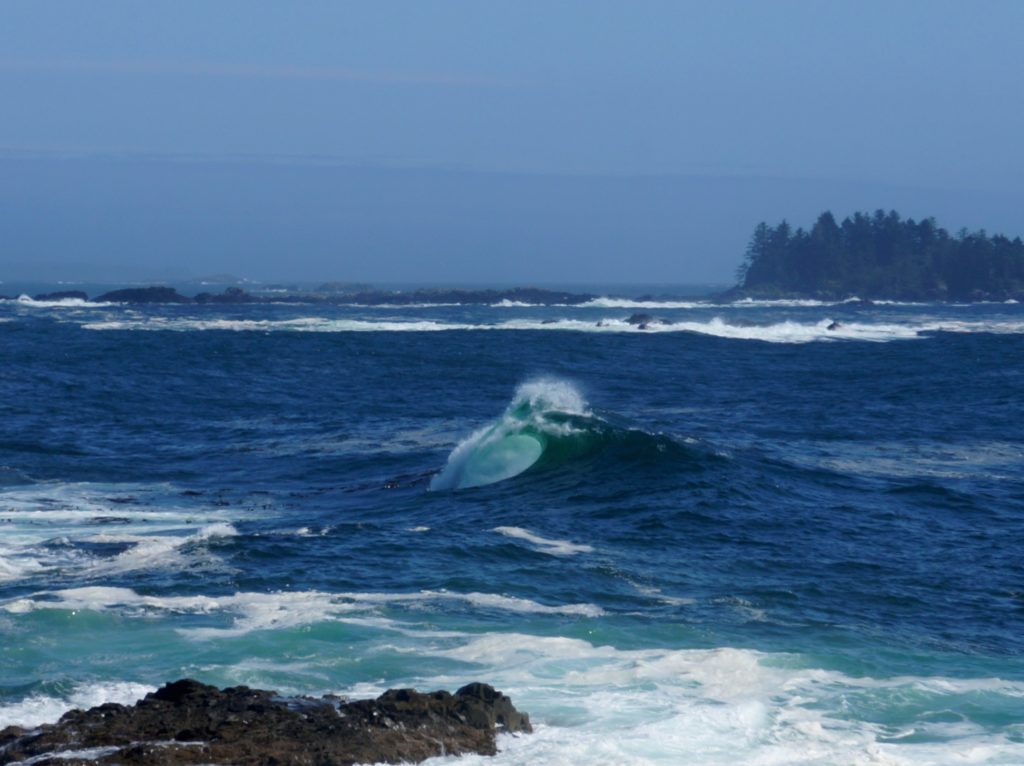 .
. 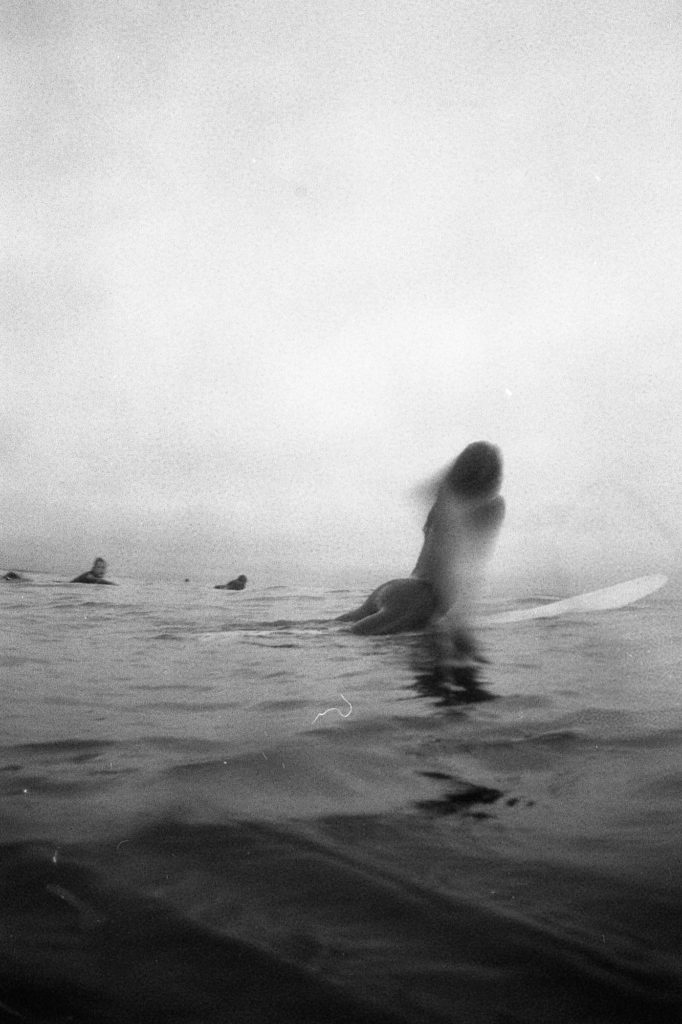
When looking for a good surf spot depending on your skill level it’s always helpful to ask around a local surf shop. On top of getting to know where to go you can also rent wet suits, gloves, boots and of course surfboards if you need to. When the winter swells hit they can from 4m to 8m on average. This means your best bet is to find somewhere protected from the direct swell and surf on the waves that have broken off and dissipated a bit. There’s a whole article that can written on forecasting and the nuances of surfing but know that even in the winter, surfing when the sun’s out can make a huge difference temperature wise.
Sea Kayaking (Clayoquot Sound)
Clayoquot Sound (Tofino) is the home to three first nation bands, the Hesquiaht, the Ahousat, and the Tla-o-qui-aht. As visitors in unceded territory, it is a privilege for us to hike, surf, and kayak on these peoples land. One of the best activities to take part in to truly immerse yourself in the natural environment and culture of these people would be sea kayaking. A number of different operations will offer tours exploring small islands and walking amongst ancient old growth forests. If you’re experienced enough and have the ability to navigate the challenging waters of the Tofino harbour you could potentially rent some kayaks and explore for yourself.

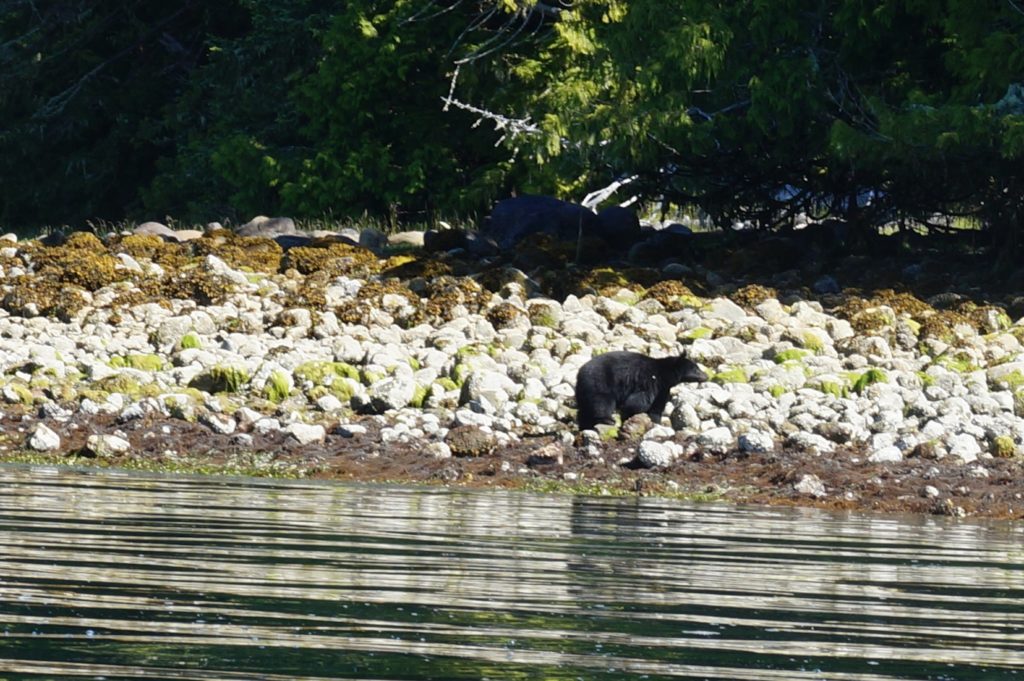
On a typical summer day the harbour is busy with planes, boats and other kayak groups. In the winter, rarely will you find others out on the water, leaving the area quiet which can heighten the chances of seeing wildlife. You may find multiple opportunities to hike and surf but with kayaking the conditions have to be just right. Strong winds or a big tidal exchange can be hazardous and cause too much exposure to the risks that come with playing in the sea. It is important to respect the ocean and know when the time is right for you to explore.
All photos taken by Alec MacPherson, Kate Sutin and Jereme Lachance
